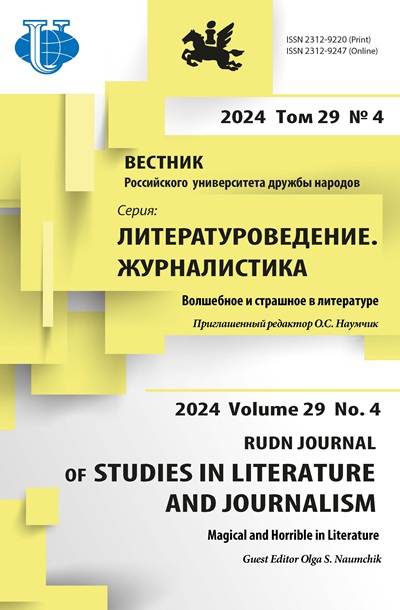Abstract
Technologies are rapidly transforming the field of journalism. The phenomenon of convergence has long become the norm, and the term text in the media includes not only the verbal component, but also photos, videos, audio, graphics - that is, it represents a creolized text. One of the challenges of our time has become artificial intelligence. Many of its potential capabilities (video or audio generation) are at the beginning of their development at the time of writing this article. However, illustration generation is no longer just worth paying attention to, but is becoming a significant competitor for photographers, designers, and artists. The aim is to demonstrate this process using the example of the most flexible part of the professional journalistic community - freelance journalists, as it is shown in the article that they are often the first to introduce innovations into their activities. Within the framework of the research, several surveys were conducted involving 281 respondents and a comparative analysis of the situation in full-time and freelance journalism was carried out. Although the number of journalists who have completely replaced photo banks with neural network illustration generation may seem insignificant (3 and 8%, respectively), the general dynamics of this process is shown, which, ultimately, is unlikely to lead to a complete replacement of creative professions by artificial intelligence, but, quite possibly, will only leave the best of its representatives.
















